It’s time for another installment in the Ecosystem Ed. series! In each of these posts, I focus on a different type of ecosystem around the world and break it down to the basics: what, where, why, how, and who, along with some fun facts. This week, we’re focusing on the DEEP OCEAN, one of Earth’s least-understood and inaccessible ecosystems. (Heads up – this post is kind of a long one. I’m just really excited about the deep sea, okay?)
Hey There, Neighbor: Symbiosis
While I was writing last week’s frog blog, I came a cross a particularly interesting amphibian called the dotted humming frog, which is friendly with the burrowing tarantula. They have what’s called a symbiotic relationship. This week, we’ll break down the different types of symbiotic relationships, and look at some fascinating examples of each one.
Cameras for Conservation: New Findings
The whole reason this website exists is because of my Master’s in science communication. As part of the thesis, you have to do a creative project in addition to academic research. But what about the research I did? There have been a lot of edits and rewrites and even some new testing since then. So now, it’s time for an update on the research behind the Wild Focus Project…
Moa for #BirdOfTheYear2018
Ecosystem Ed.: Wetlands
in an effort to draw attention back to the environments where these animals live, I’m starting a series of posts that focus on different types of ecosystems around the world! I’ll break down each type of ecosystem to the basics: what, where, why, how, and who, along with some fun facts. This week, we’re focusing on WETLANDS.
A Microcosm of Biodiversity
“Biodiversity” is a pretty all-encompassing term. Many people use it when talking about worldwide biodiversity, i.e. all of the different animals on the planet, from parrots to parrotfish. But the term also applies to smaller groups – in this case, much smaller. We can see tremendous biodiversity just by looking at one tiny subset of a single family of insects: Formicidae – better known as ants…
Animals over Ecosystems
A quick google search shows us that mammals and birds are by far the most common subjects in wildlife photography, particularly those that are considered beautiful or charismatic, and often “exotic” ... But there’s a lot more to nature than mammals and birds. The term “biodiversity” refers to all life in an ecosystem. That includes everything from ferns to foxes to fungi...
Thesis Status: Complete
Silver Linings of Chernobyl
The Chesapeake Bay
I grew up in the suburbs of Maryland, between Washington D.C. and Annapolis. That meant that I lived within a half hour’s drive of the Chesapeake Bay, as well as four of the 150+ rivers that flow into it. My parents and I would occasionally go sailing, renting a boat for a few days out of Solomons Island at the mouth of the Patuxent River, or from Rock Hall on Maryland’s Eastern Shore. I hunted for fossils...
